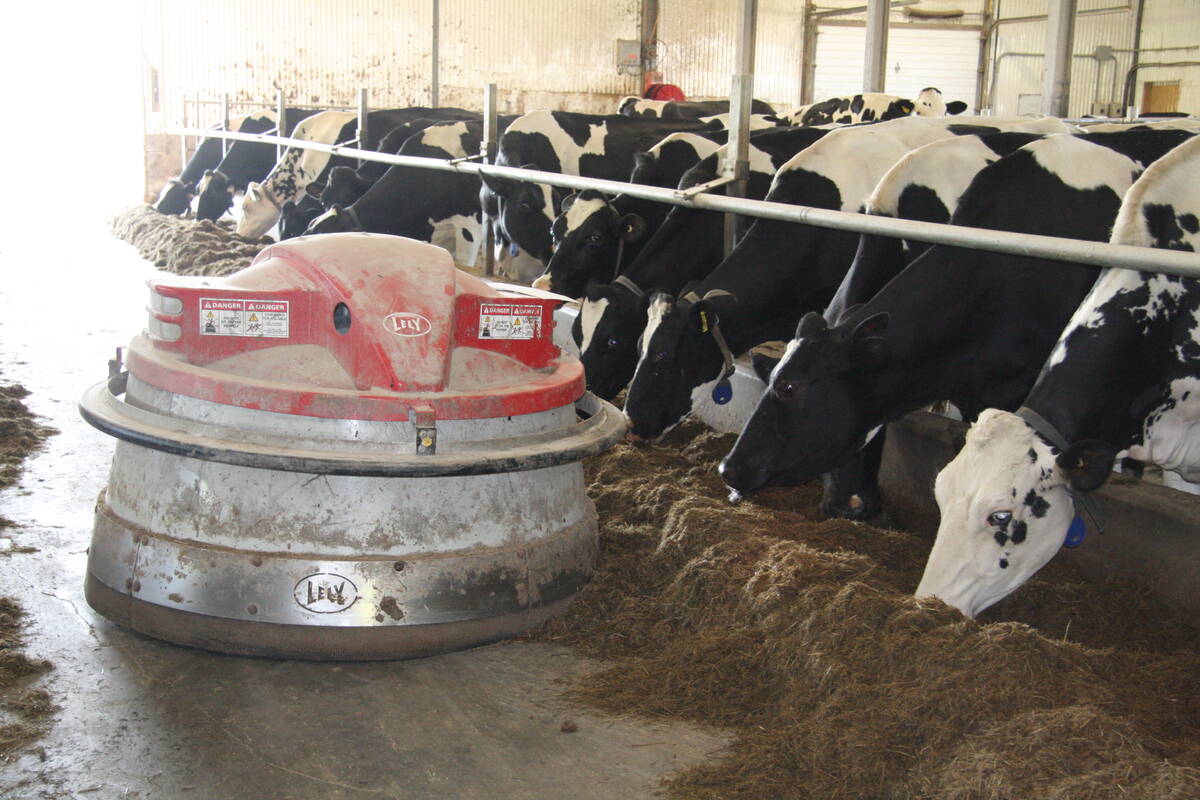PICTURE BUTTE, Alta. – A steer crashes through the chute and in less than five seconds its back fat, muscle depth and marbling score analysis have been captured.
These measurements tell a producer how that animal’s carcass should grade and how much more time it needs to be on feed before it is slaughtered.
All that information is gained with an ultrasound scan and a computerized algorithm that calculates projections of grades and profitability.
As more cattle are sold to packers using quality based grids, producers from the seedstock level to the feedlot need advanced information to sort cattle and make better marketing decisions.
Read Also

Partnerships, communication key to disease management
Communication and strong, trusted partnerships are key to managing infectious diseases like Foot and Mouth Disease and HPAI.
“Within the beef industry, more and more people are starting to sell on a grid instead of just the average price,” said Chase Wendorff, who with his father, Rod, operate Windy Ridge Ultrasound.
The company uses a system called cattle performance enhancement, which was developed by John Brethour of Kansas State University, who has worked for 30 years on image analysis software to accurately predict carcass attributes.
The program helps producers take advantage of premiums offered for certain quality attributes such as higher marbling and better lean meat yield.
The computer program receives the ultrasound information and uses a series of algorithms to calculate the animal’s physical information and predict marketing targets, which then helps produce a profitability curve for each animal.
The top of the curve is the most profitable time to sell and is determined by carcass attributes. It can also show if discounts may be applied, such as if an animal is overweight.
“When people sell on the grid they have premiums and discounts so we have built the actual premiums and discounts into the program,” Wendorff said.
He and his father have also built in a cost of gain feed margin, which looks at the selling price versus what it cost to feed the cattle.
“The computer will predict how long we should feed this animal before it maximizes its profitability,” he said.
The program also compares how British and European cattle grow and lay down fat at different rates so that a coefficient can be adjusted to account for breed differences. The same calculations are made for the differences in how heifers and steers, calf fed and yearling fed animals grow.
The process is simple.
Before each animal enters the chute, a small patch of hair on its back is shaved and coated with canola oil in the area of the 13th rib. This is the same spot where the carcass is split in the packing house and where a visual grader assesses red meat yield and a quality grade.
“The correlation between this and the grader is probably 75 percent,” Wendorff said.
The ultrasound picture shows the area around the rib, which appears as a dark vertical bar. The first horizontal line in the image is the skin followed by two heavier white lines indicating back fat. Intramuscular fat or marbling is seen as white streaks and speckles across the muscle area.
Purebred cattle organizations have long recognized ultrasound as a reliable way to calculate expected progeny differences for carcass merit.
Carcass traits are moderately to highly heritable so improvements in herd genetics can be made in a relatively short period of time and provide another selection tool for purebred producers assessing bulls and heifers.
The assessment looks at the ribeye, the largest muscle in the beef animal’s body.
If it becomes too large, it can lead to a reduction in marbling.
Back fat depth is also assessed. Fat measurements provide an indication of an animal’s fleshing ability. Progeny from cattle with genetics for no fat may finish too slowly or cattle with too much fat may incur yield discounts before a desirable carcass is achieved.
Fat depth in females is also related to the ability to reach puberty sooner, produce milk and rebreed to maintain shorter calving intervals. Bulls carrying too much fat may have reduced fertility.
Cattle scans for genetic evaluation should be performed at the appropriate age. Bulls should be scanned between the ages of 320 to 440 days and heifers at 320 to 460 days.















